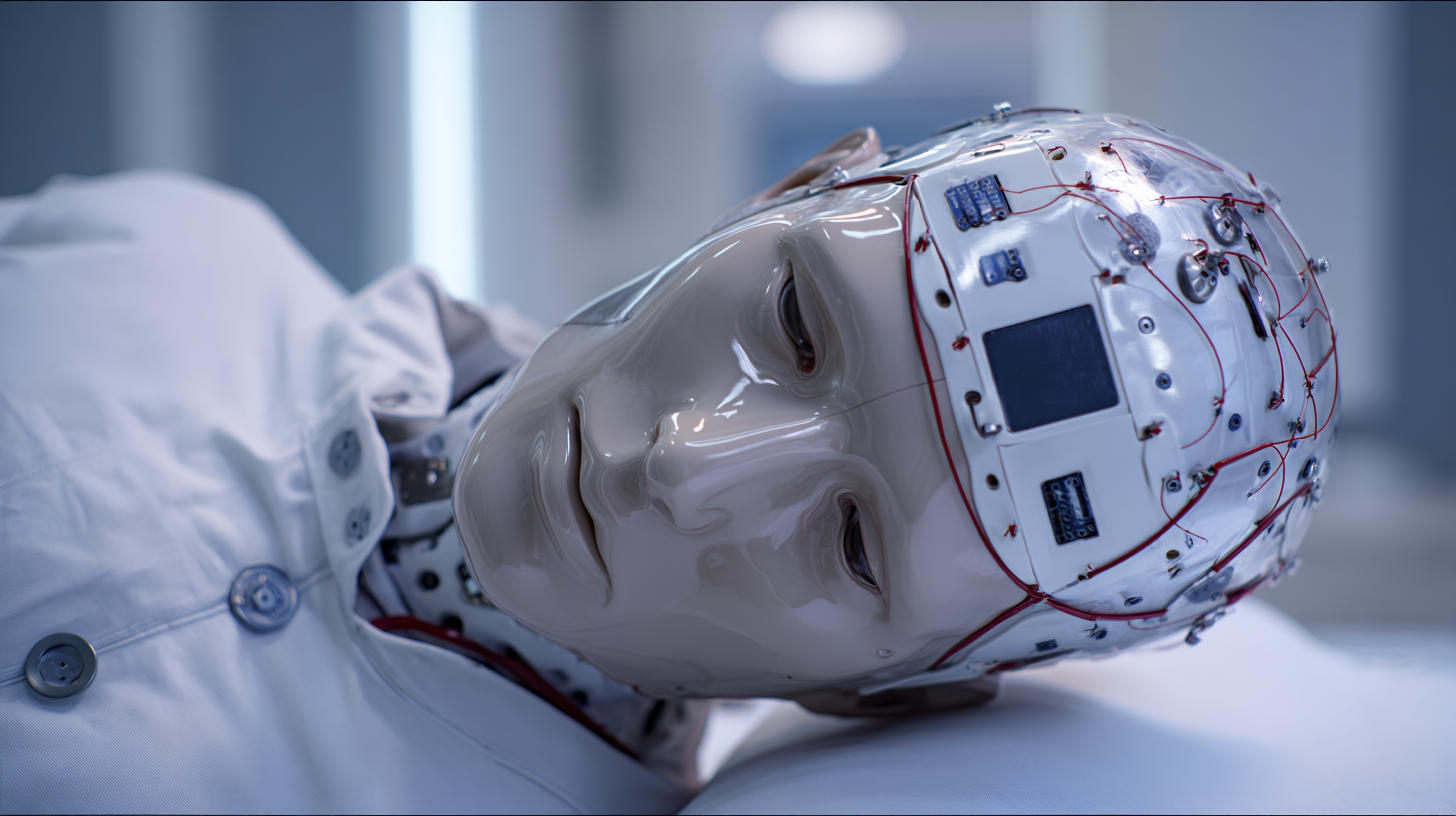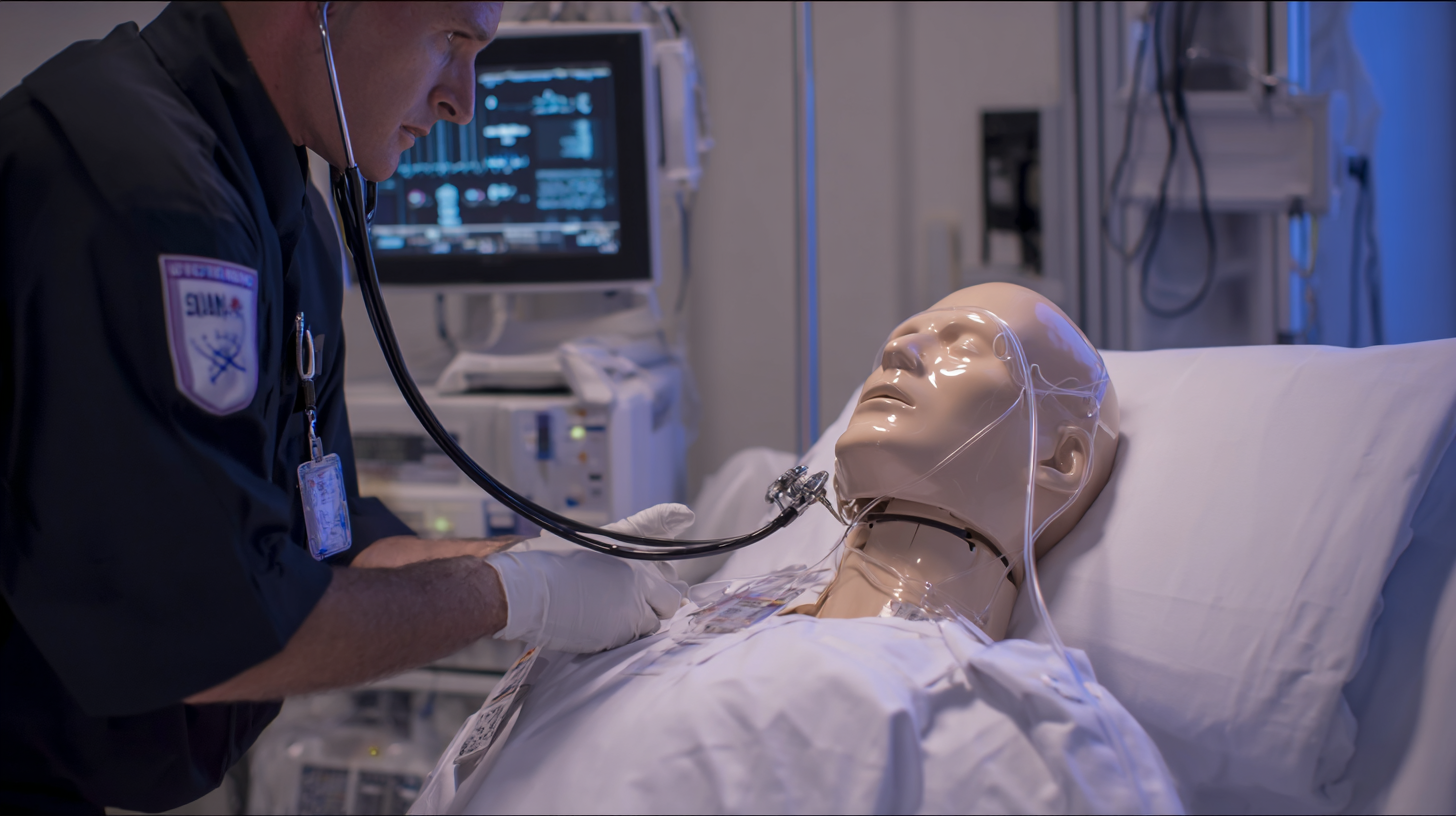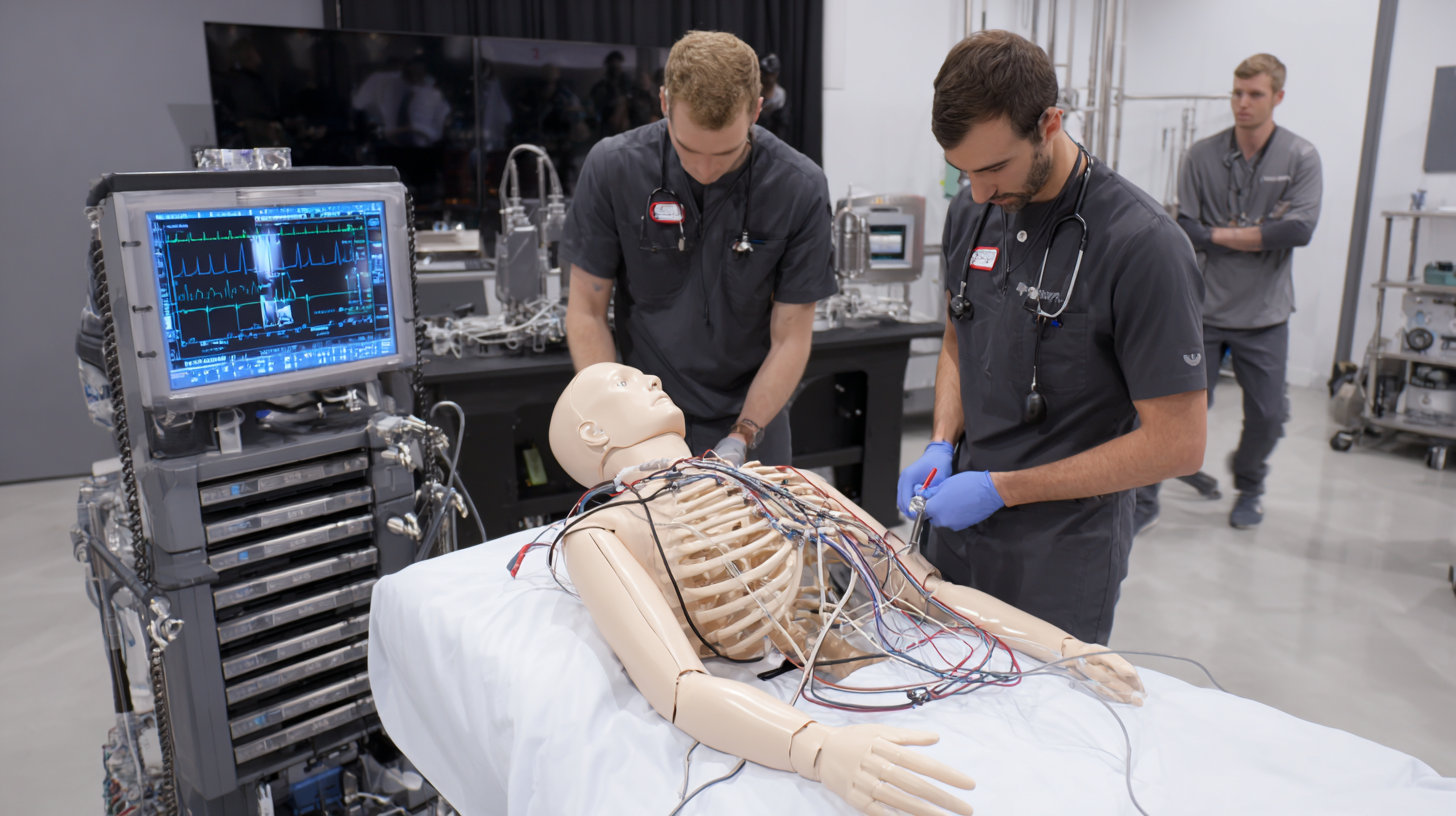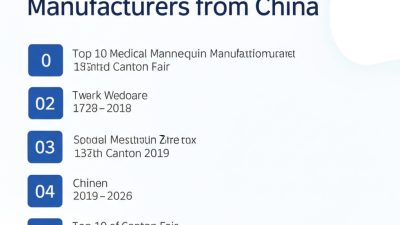The landscape of medical training is undergoing a transformative shift, propelled by advancements in technology and a growing emphasis on experiential learning. As reported by the Association of American Medical Colleges, the demand for skilled healthcare professionals is projected to increase significantly, necessitating innovative training solutions that improve competency and reduce errors.

Medical mannequins have emerged as indispensable tools in this new training paradigm, allowing students to practice complex procedures in a risk-free environment. Recent studies indicate that training with high-fidelity medical mannequins can enhance retention rates and procedural proficiency among learners, ultimately contributing to better patient outcomes.
As medical education evolves, the integration of these sophisticated simulators not only prepares future healthcare workers more effectively but also represents a crucial investment in the quality of care provided to patients.
 High-fidelity medical mannequins are transforming the landscape of clinical skills training, providing healthcare professionals with lifelike experiences that traditional methods cannot match. These sophisticated simulators are equipped with advanced technologies, enabling them to mimic real human responses. From realistic breathing patterns to responsive heartbeats, these mannequins offer an immersive training environment where learners can practice essential procedures safely and effectively. This hands-on approach allows practitioners to acquire and refine their skills without the risk associated with practicing on real patients.
High-fidelity medical mannequins are transforming the landscape of clinical skills training, providing healthcare professionals with lifelike experiences that traditional methods cannot match. These sophisticated simulators are equipped with advanced technologies, enabling them to mimic real human responses. From realistic breathing patterns to responsive heartbeats, these mannequins offer an immersive training environment where learners can practice essential procedures safely and effectively. This hands-on approach allows practitioners to acquire and refine their skills without the risk associated with practicing on real patients.
Moreover, the use of high-fidelity medical mannequins fosters a deeper understanding of complex medical scenarios. Trainees can engage in realistic simulations of emergency situations, enhancing their critical thinking and decision-making skills under pressure. By recreating various clinical conditions, these mannequins prepare future healthcare providers to respond effectively to a wide range of challenges. This innovative training method not only improves individual competencies but also promotes teamwork and communication among healthcare professionals, ultimately enhancing patient care and safety.
Simulation training has emerged as a groundbreaking approach in medical education, significantly enhancing patient safety. By incorporating innovative medical mannequins into training programs, healthcare professionals can practice procedures and develop critical skills in a risk-free environment. These high-fidelity mannequins mimic real-life patient responses, allowing trainees to experience various medical scenarios firsthand. Studies indicate that simulation-based training can reduce medical errors by up to 50%, highlighting its importance in fostering a culture of safety in healthcare.
The implementation of this hands-on training elevates the competence and confidence of medical trainees. By repeatedly practicing in simulated situations, they can hone their decision-making skills and learn to manage unexpected complications effectively. This immersive experience not only prepares them for real-life challenges but also instills a deeper understanding of patient care. As the healthcare landscape continues to evolve, these innovative training methods play a crucial role in ensuring that future medical professionals are well-equipped to provide safe and effective care, ultimately benefiting patients and improving outcomes across the board.
The incorporation of innovative medical mannequins into medical training programs has revolutionized the landscape of healthcare education. These sophisticated simulators not only provide realistic patient interactions but also serve as a cost-effective solution for training healthcare professionals. By utilizing advanced technologies that simulate various medical scenarios, institutions can significantly reduce the need for traditional, resource-intensive training methods. This shift allows schools to allocate funds more efficiently while enhancing the quality of education.
Evaluating the return on investment (ROI) for these innovative mannequins demonstrates their long-term benefits. The initial expenditure may be substantial, but the savings generated through decreased use of live patients, reduced clinical errors, and improved training outcomes can outweigh early costs. Additionally, these mannequins provide opportunities for repetitive practice without added risk to real patients, leading to better-prepared healthcare professionals.
As institutions continue to seek ways to enhance the value of their educational programs, the integration of high-fidelity mannequins stands out as a viable investment in the future of medical training.
The integration of virtual reality (VR) technology into medical training is fundamentally transforming how healthcare professionals acquire hands-on skills. According to a report by the Research and Markets, the global VR in healthcare market is projected to reach $2.4 billion by 2026, highlighting a significant trend towards immersive learning experiences. VR allows medical trainees to simulate real-life scenarios without the risks associated with practicing on actual patients. This immersive approach not only enhances engagement but also accelerates the learning curve, with studies indicating that learners retain information 75% better when using VR compared to traditional training methods.
Moreover, the use of VR in medical training can significantly reduce the costs associated with training and resource allocation. A study published in the Journal of Medical Internet Research found that medical trainees using VR environments performed procedures with a 50% greater success rate compared to those who trained using conventional techniques. As VR technology continues to evolve and become more accessible, its impact on medical education will likely expand, paving the way for a new generation of healthcare providers proficient in both technical skills and patient interaction, ultimately leading to improved patient care and safety.

The landscape of medical training is rapidly evolving, with a significant shift toward simulation-based learning. Recent data indicates that 85% of medical institutions are now integrating innovative medical mannequins into their curricula. This trend reflects a growing recognition of the need for hands-on experience in preparing future healthcare professionals for real-life medical situations.
Simulation-based training offers numerous advantages, including enhanced retention of knowledge and improved clinical skills. Trainees can practice a range of procedures in a controlled environment, allowing them to make mistakes, learn from them, and gain confidence before working with actual patients. The use of advanced medical mannequins, equipped with realistic physiological responses, helps to bridge the gap between theoretical knowledge and practical application, thus ensuring that students are better equipped to face the challenges of their future careers. As this approach continues to gain traction, it is clear that the future of medical training will be increasingly centered around immersive, experiential learning.






